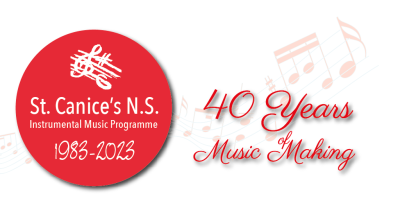The recorder is a woodwind musical instrument that was popular as early as the 14th century. At the time its name was coined, the word recorden was used, meaning to play or to practice music, thus the recorder. It is a member of a family of end-blown flutes, known as fipple flutes, which includes flageolets and tin whistles. The recorder is set apart from these other members of the family by eight holes along its pipe.
The eight holes of the recorder are comprised of seven finger holes and an additional hole for the thumb of the upper hand. The lower two holes are normally smaller than the rest and positioned side by side so that the player can cover them with a single finger. The recorder itself is a pipe, traditionally made of wood but also from plastic in modern times. By blowing into the slot at the mouthpiece, a note is produced by air being forced against the hard edge called the labium. The musician varies the note by covering and uncovering the holes along the instrument’s pipe.
A recorder is normally comprised of three separate parts, known as joints. The top part is known as the head joint because it houses the mouthpiece. The body joint is the main pipe of the recorder. This part has most of the finger holes. The bottom section is called the foot joint and it has the final finger hole, which must be turned slightly so as not to line up perfectly with the other holes. On some recorders, the body joint and the foot joint are a single piece.
The beak is the narrow section of the mouthpiece and the part that the musician places between their lips. The narrow tube that is being blown into, extending from the beak, is referred to as the windway. As the air exits the windway, it strikes against a sharp edge called the labium. This process produces the sound. The opening in the recorder that extends from the end of the windway to the other end of the labium is known as the window.
St Canice’s recorder players in the Junior orchestra and may also get together with fellow woodwind, string or brass players to form quartets or other smaller performing groups.
Recorders are not available for hire from St Canices Music Programme and must be purchased. Lesson costs depend on the size of the group being taught and can alter annually. Please ask for further details.
